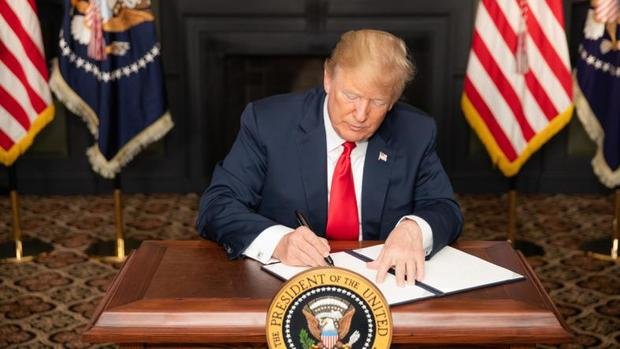Oil market can return to oversupply in 2019
The current situation in the global oil market is rather tricky given potential supply interruptions from vulnerable producers like Iran, the possibility of a resurgence of US shale and weakening demand growth that may cause a return to oversupply. Thus, OPEC is facing a difficult task of balancing the current concerns of undersupply with longer-term risks of oversupply.
OPEC's key technical committee is examining the oil market outlook for 2019, says S&P Global Platts. According to the cartel's statement, its Joint Technical Committee ''expressed concerns about rising inventories in recent weeks and also noted looming macroeconomic uncertainties, which may require changing course''. The committee will continue to study next year's outlook and then present options on 2019 production levels to prevent re-emergence of a market imbalance.
OPEC, Russia and other oil-producing nations have been increasing output since they decided to soften massive production cuts in June. They pledged to boost production by 1 million bpd altogether from May levels. OPEC pumped around 32,8 million bpd in September. Last week, Saudi Arabian Minister of Energy, Industry and Mineral Resources Khalid Al-Falih stated that his country was in a ''produce as much as you can'' mode to compensate for any shortfalls in the market. Saudi officials are planning to hike production to record levels of 11 million bpd.
The production increase is aimed to calm the global oil market, as it is nervously expecting a fallout from renewed US sanctions against Iran. When the restrictions come into force in November, some 1,7 million bpd of Iranian crude and condensate will disappear from the market compared to April levels, says S&P Global Platts Analytics. Iran's crude oil and condensate export has already fallen by almost 700,000 bpd since May. It is expected that China and India will continue to import some Iranian oil after November, but other buyers, such as South Korea and Japan, are likely to suspend purchases.

However, oil producers are concerned about a longer-term picture. ''We expect an oversupply in 2019, we may have to go back to the reduction,'' the Saudi Arabian energy minister said last month.
In its latest report, the International Energy Agency (IEA) warned that the Organisation for Economic Co-operation and Development's (OECD) commercial stocks had increased by 15,7 million barrels in August and reached their highest level since February due to strong refinery output and LPG restocking. The IEA assumed that the total increase of OECD inventories in the third quarter of 2018 could reach 43 million barrels, the largest quarterly increase in stocks in almost three years.